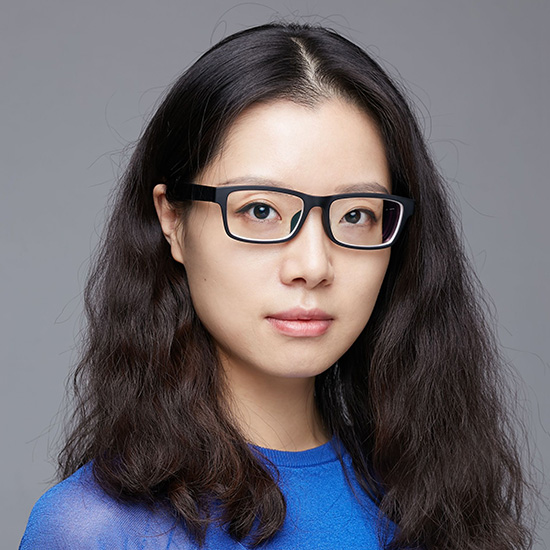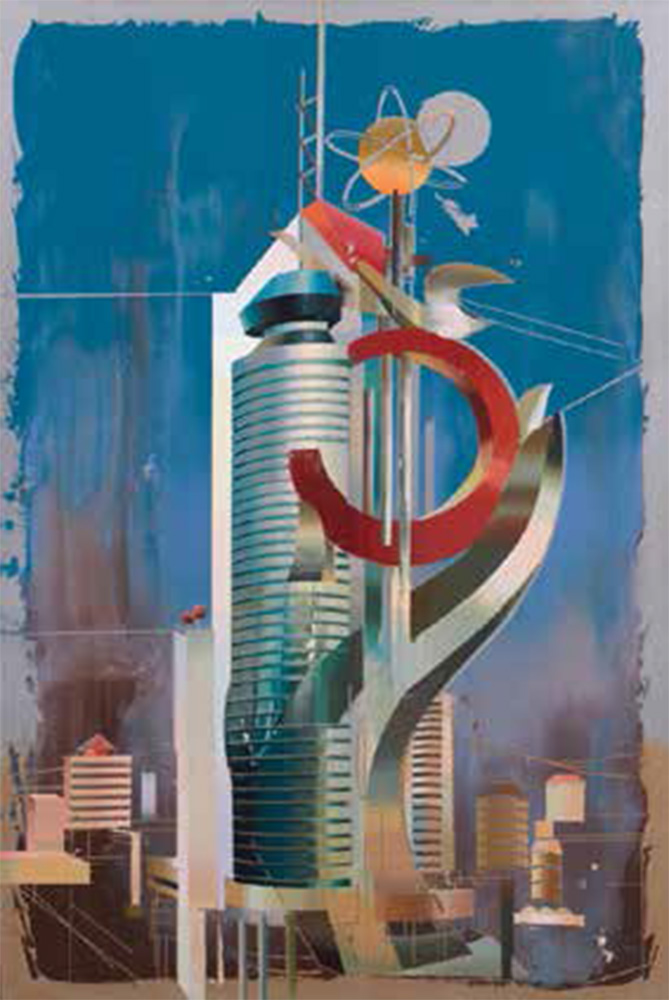Cui Jie
Born in1983 in Shanghai, China
Lives in Beijing
Cui Jie is considered as a significant voice of the Chinese ‘post-80’ generation (the first generation to grow up in mainland China in an entirely reformist era). Her paintings, drawings and sculptures inhabit polarised expectations of the past and its (im)possible future/s, where historically utopian ideals are snagged in the complications of entirely human disorders. Cui Jie’s work imparts the reality of a dystopic present, looking to an optimistic past in order to design an unobtainable future.
The mastery of Cui Jie’s oil surfaces results in extraordinary architectonically-layered paintings, that source hyperbolic combinations of ‘idealised’ urban architecture; merging sensibilities common to contemporary China, post-war Communist DDR, the social ideals of Le Corbusier, and Metabolism’s fusion of organic, biological growth with ‘futuristic’ urban design. Yet Cui Jie’s architectural vernacularisms and their embedded metaphors are indicative of Chinese megacities and are consciously distinct from their Western counterparts. Her lone buildings stand isolated from the context of their megalopoli(tic)s, yet share municipal space with modernist sculptures that bespeak new-found freedoms of the Chinese reformist, capitalist era and the embraced adoption of forms that dream in ‘modern’ vision space.

Photo credit: mother’s tankstation, Dublin | London
Bank of China Building, 2018
Acrylic on canvas
Courtesy
mother’s tankstation, Dublin | London and AmC Collezione Copola
